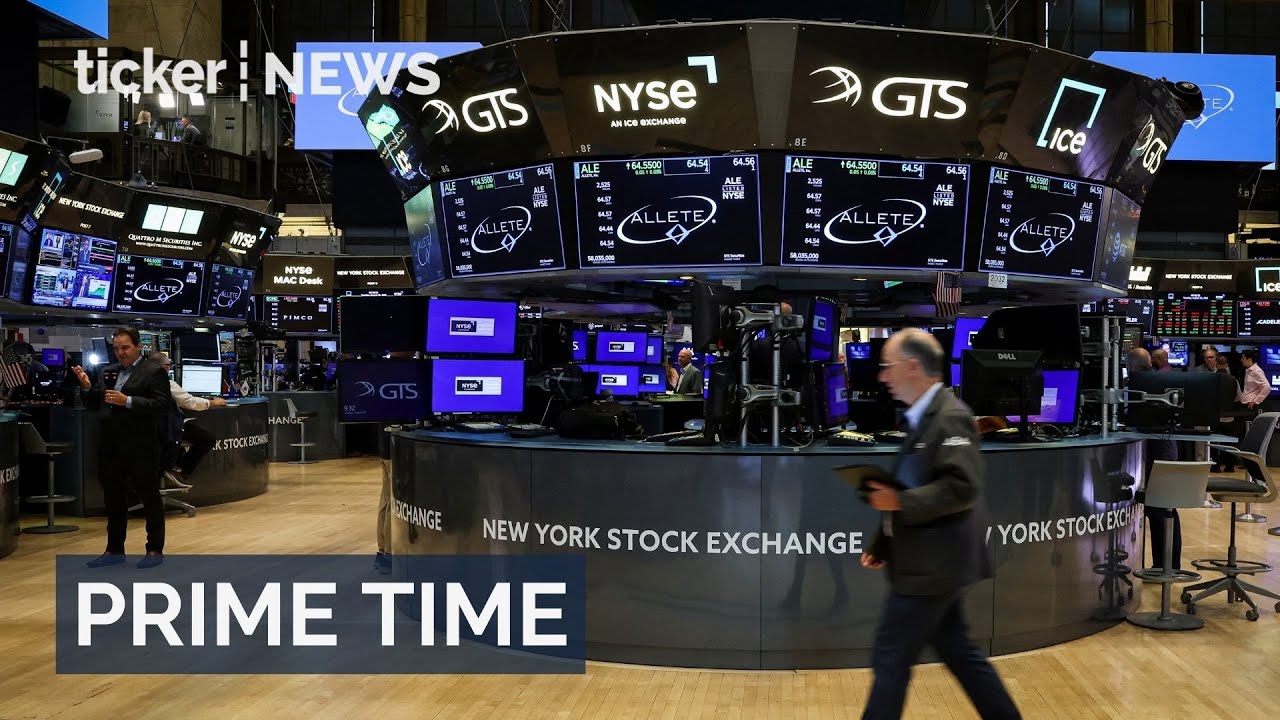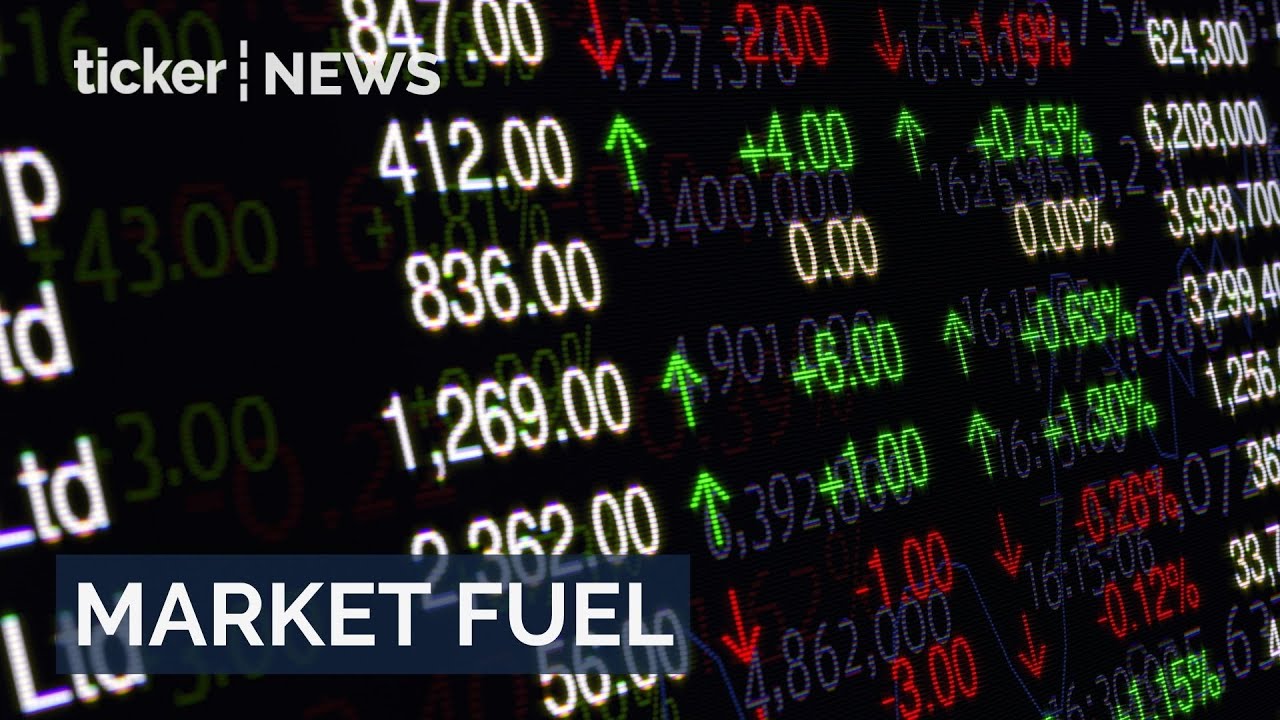U.S. consumer prices surged more than expected in March, driven by higher gasoline and rental housing costs, prompting financial markets to anticipate a delay in Federal Reserve interest rate cuts until September.
The latest report from the Labor Department on Wednesday marked the third consecutive month of robust consumer price increases, challenging economists’ previous arguments that inflation spikes at the beginning of the year were merely temporary.
This announcement follows last week’s news of accelerated job growth in March, with the unemployment rate dropping to 3.8% from February’s 3.9%. However, the persistent rise in the cost of living poses a significant concern ahead of the November 5 presidential election.
Despite this, some relief was observed in stable food prices and declining motor vehicle costs, leading to a return of goods deflation.
Phillip Neuhart, Director of Market and Economic Research at First Citizens, commented, “The data does not completely remove the possibility of Fed action this year, but it certainly lessens the chances the Fed is cutting the overnight rate in the next couple of months.”
According to the Labor Department’s Bureau of Labor Statistics, the consumer price index rose by 0.4% last month, mirroring February’s increase. Gasoline prices climbed by 1.7%, while shelter costs, including rents, saw a similar 0.4% increase.
Gasoline and shelter costs accounted for over half of the CPI’s increase, while food prices rose by 0.1%. Notably, grocery food inflation remained unchanged, with declines in the costs of butter and cereals offsetting rises in prices for meats, eggs, fruits, and vegetables.
Low base
In the 12 months through March, the CPI surged by 3.5%, the highest increase since September, partly due to last year’s low base effect dropping out of the calculation. While this represents a decline from the peak inflation of 9.1% in June 2022, the trend of disinflation has plateaued in recent months.
Despite President Joe Biden’s call for corporations to use record profits to lower prices and his plan to tackle housing costs, market sentiment shifted after the data release.
Financial markets revised their expectations for the first rate cut to September from June, with only two rate cuts now expected instead of the previously envisaged three.
Minutes from the Fed’s March meeting expressed concerns that progress on inflation might have stalled.
The central bank has maintained its policy rate in the 5.25%-5.50% range since July, having raised it by 525 basis points since March 2022.
Charlie Ripley, Senior Investment Strategist at Allianz Investment Management, remarked, “The strong inflation data should force the Fed to go back to the drawing board with regards to their monetary policy ambitions for the year.”
Stocks on Wall Street declined, while the dollar strengthened against a basket of currencies. U.S. Treasury yields also rose in response to the news.
Excluding volatile food and energy components, the CPI increased by 0.4% last month, indicating that inflation remains manageable. Core CPI was boosted by rises in rents, motor vehicle insurance, and healthcare costs.




 Ticker Views4 days ago
Ticker Views4 days ago


 Tech2 days ago
Tech2 days ago


 Tech2 days ago
Tech2 days ago


 Crypto1 day ago
Crypto1 day ago


 Money4 days ago
Money4 days ago


 Ticker Views5 days ago
Ticker Views5 days ago


 Ticker Views3 days ago
Ticker Views3 days ago


 Tech1 day ago
Tech1 day ago





